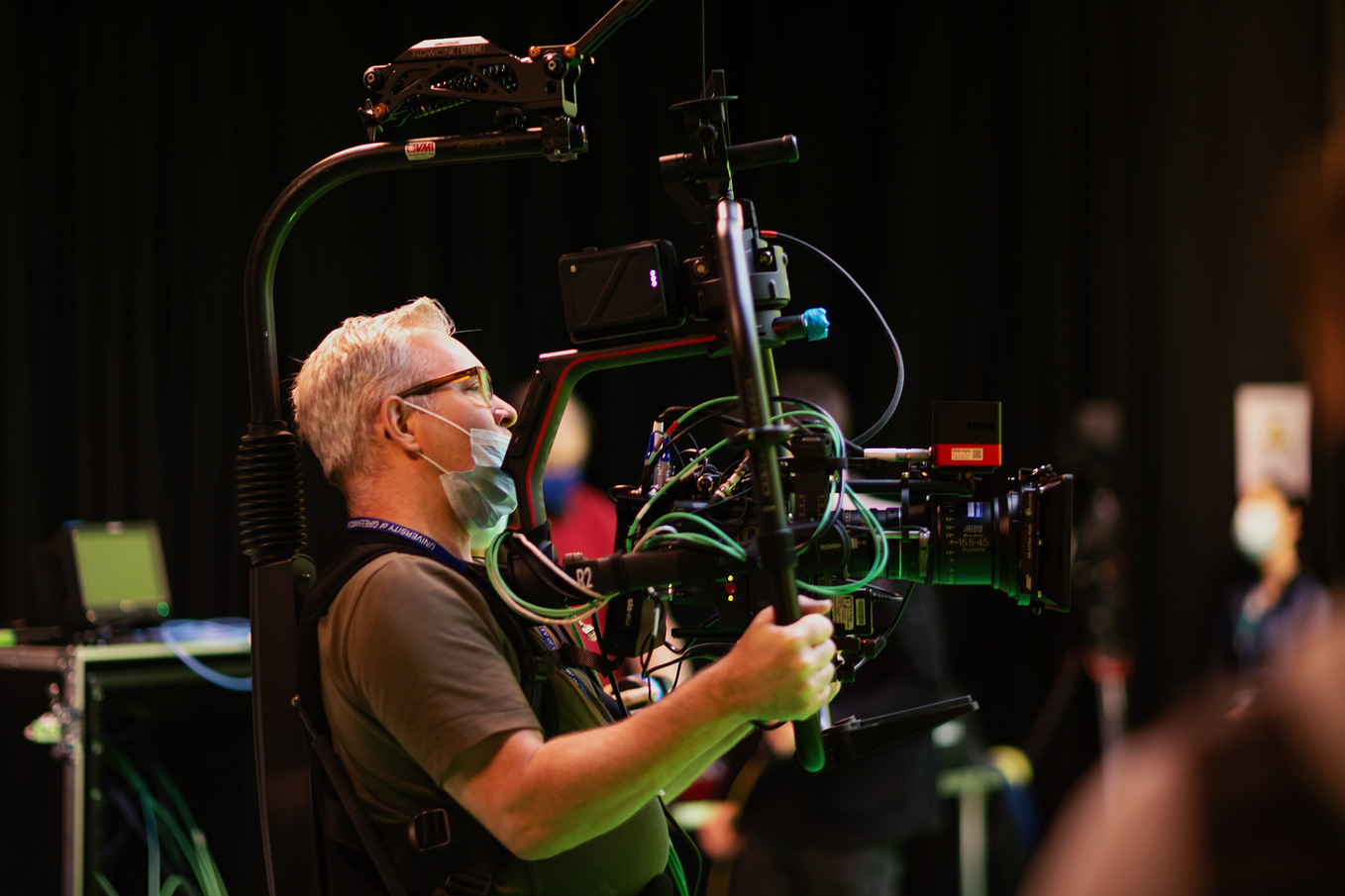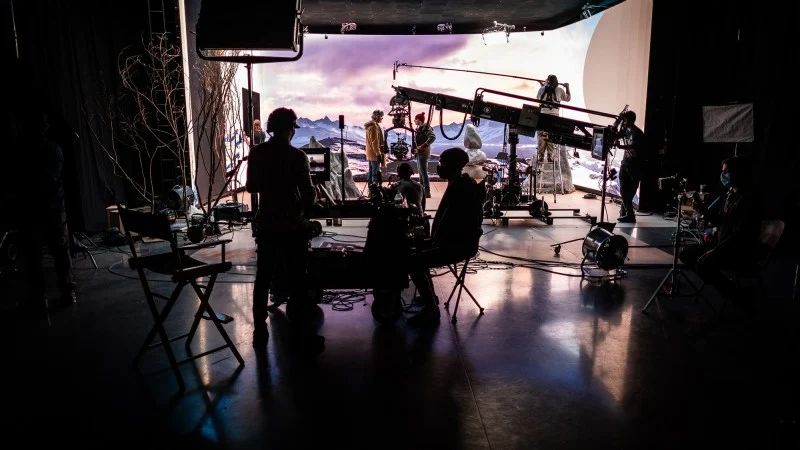
Workflow Differences in the Movie vs. Game Development Industry in Virtual Production
Virtual production (VP) technology has revolutionized content creation across various industries, including movies and game development. It offers new possibilities for creating immersive and realistic environments, bringing together the realms of digital and physical production. However, the workflow differences between the movie and game development industries in utilizing VP technology are worth exploring.
VP in Filmmaking
In the movie industry, virtual production has become an essential tool for filmmakers of all budgets. It allows them to create high-quality content without the need for extensive physical sets and costly post-production processes. One of the key advantages of VP technology is its affordability, even for independent films. By leveraging virtual sets, real-time rendering, and in-camera visual effects, independent filmmakers can achieve stunning results within their limited budgets.

However, implementing VP technology in the movie industry comes with its challenges. One major hurdle is ensuring that the virtual elements seamlessly blend with the real-world settings. This requires expertise in lighting and understanding the specific requirements of filmmaking. Lighting in movies needs to be realistic and believable, unlike in games where it is optimized for artistic purposes. Filmmakers often struggle to achieve the desired level of realism, especially when it comes to shadows, reflections, and other lighting effects.
Another challenge is optimizing heavy content for real-time rendering. Traditional visual effects companies may not be familiar with the technical requirements of real-time rendering, such as frame rates, polygon counts, and draw calls. They need to adapt their workflows and tools to accommodate the demands of VP, ensuring that the content runs smoothly in real-time environments.

Furthermore, flexibility is crucial in VP workflows, as directors often demand quick changes to the virtual environment during production. The ability to make real-time adjustments to lighting, color, and other visual elements is essential. Technical artists and engineers play a vital role in developing the necessary tools and workflows to facilitate these changes seamlessly.
Virtual Production in Gamedev
In the game development industry, the use of VP technology is more inherent. Game developers are familiar with real-time rendering and optimization techniques, making them well-suited to leverage VP tools and workflows. They are adept at working with high-polygon assets, managing frame rates, and optimizing content for different hardware platforms.

However, game developers may face challenges when transitioning to the movie industry's requirements. They need to adapt their lighting techniques to achieve the level of realism expected in movies. Additionally, the unique demands of on-set filmmaking, such as integrating virtual and physical elements and collaborating with traditional film crews, require a learning curve for game developers entering the movie industry.
To enable seamless virtual production, various roles and skill sets are in high demand. In the movie industry, finding individuals with a production background and expertise in Unreal Engine, along with a VFX background, can be challenging. Technical artists who understand both the artistic and technical aspects of VP workflows are essential for creating visually stunning and optimized content.
In the game development industry, technical artists play a crucial role in bridging the gap between the technical and artistic requirements of VP. They are responsible for ensuring that the virtual environments are visually appealing, optimized for real-time rendering, and meet the specific demands of each shot or scene.

As the virtual production industry continues to evolve, it is important for newcomers to be aware of the pitfalls and challenges. Pre-production planning and pre-visualization are crucial to success in virtual production workflows. Collaborating with experienced partners and building a team with diverse skill sets can help overcome technical and artistic obstacles.
In conclusion, the workflow differences between the movie and game development industries in utilizing VP technology highlight the unique challenges and opportunities in each domain. The movie industry must adapt lighting techniques and optimize heavy content for real-time rendering, while game developers need to learn the specific requirements of on-set filmmaking.
